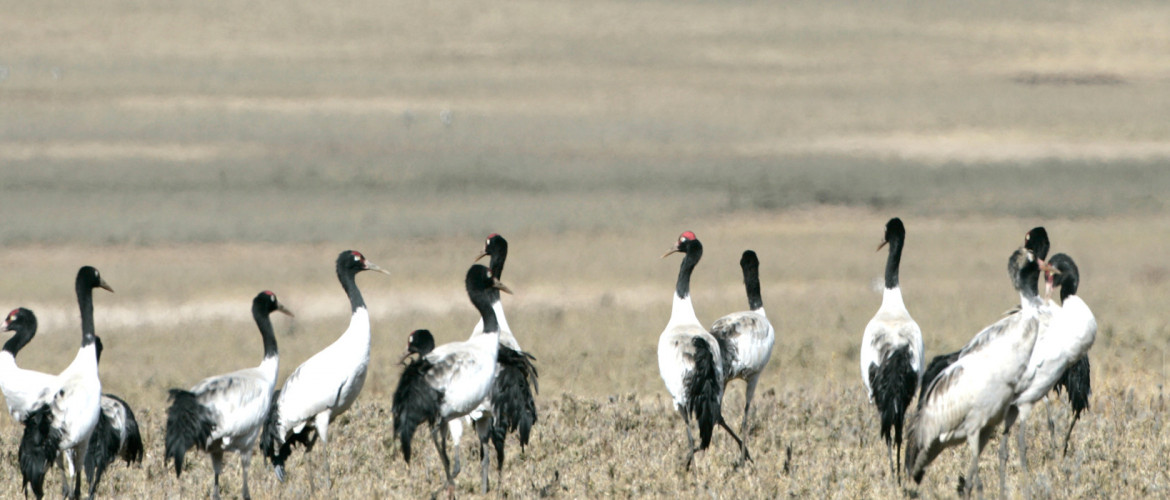
Bumdelling National Park
Overview
In 1974 RGOB created the Jigme Dorji Wildlife Sanctuary to protect the alpine and subalpine ecosystem of the eastern Himalayas in Bhutan. This park covered the whole northern part of Bhutan including the present northern half of the present Bumdelling Wildlife Sanctuary. Subsequent reviews of protected area system (Mahat, 1986; MacKinnon, 1986; Blower, 1998) indicated a need for the protection of the full range of natural ecosystem found between the Indian plains and the high Himalayas, specifically in the temperate zone. In 1993, an application for notification of the revised protected areas system for Bhutan was produced. It included the Kulong chhu Wildlife Sanctuary and the Bumdelling conservation area. The final application for notification (gazettement) modified the boundaries of the Kulong chhu Wildlife Sanctuary to include most of the Bumdelling
conservation area and the 1182 km was gazette on 7 December 1994. In the same year the name was changed to Bumdelling Wildlife Sanctuary.
The Bumdelling Wildlife Sanctuary is located in the Northeastern part of Bhutan covering an area of 1520.61 km with 420km sq. of buffer zones ecosystem parts of Tashiyangtse, Lhuentse and Mongar Dzongkhag. It shares international border with China (Tibetan province) in the north and India and Arunachal Paradesh in the North East. It was established in 1995 in order to protect large areas of virtually untouched Eastern Himalayan ecosystem ranging from warm broadleaved forest to Alpine meadows and screen slopes. The sanctuary area ranges from an altitude of 1500 m in
the Sheri chhu to over 6400m in the north. The area is mountainous and is dissected by steep sided valleys. The three main rivers in the park are the Kulong chhu in the East, the Khoma chhu in the West and Sheri chhu in the South.In 1995-1996, Nature Conservation Section of the Department of Forest carried out socio-economic and Participatory Rural Appraisal survey in and around the sanctuary. Finding the need to have a proper management of the sanctuary the Nature Conservation Division has proposed and established Sanctuary head quarter in December 1998 at Chorten Kora in Tashi Yangtse. Presently the management has five functional units at head quarter, Integrated Conservation Development Program (ICDP), Research Evaluation and Monitoring (REMO), Inventory and Data management Unit (IDAM), Forest Protection and Utilization
Unit (FPU) and EEA Environmental Extension and Awareness Unit. The three field Ranges in three Dzongkhags created and taken over at a gap of two years, Dungzam Park range established in 2000, Khoma Park range established in 2002 and Serzhong Park range established in 2004.
